Brad Anderson’s 2004 psychological thriller movie ‘The Machinist’ gives you something to think about. Going back and forth and occasionally into episodes of hallucination, the film embarks upon a nightmarish journey in its exploration of themes of guilt, perception, and memory. The story centers upon the sleep-deprived and pencil-thin machinist Trevor Reznik, who must solve a puzzle to get back to the beginning through alleyways of memory.
After a horrific accident at the factory, Trevor becomes paranoid and goes into a downward spiral. But along comes a far more shocking revelation. If you have seen the movie in its entirety, you would know the finality of Trevor’s fate. But the eerie story may give rise to some questions regarding credibility. If you find these questions bugging you, let us further investigate the matter.
Is The Machinist Based on A True Story?
No, ‘The Machinist’ is not based on a true story. Brad Anderson directed the movie from an original screenplay penned by Scott Kosar. The writer said that he wanted to write as much from his gut as possible. Kosar wrote the screenplay straight out of film school. While putting down his thoughts on paper, Kosar did not think about the market or whether people would love it or not. He followed his artistic instincts, and the result was a moody and ambient exploration of a disturbed mind.
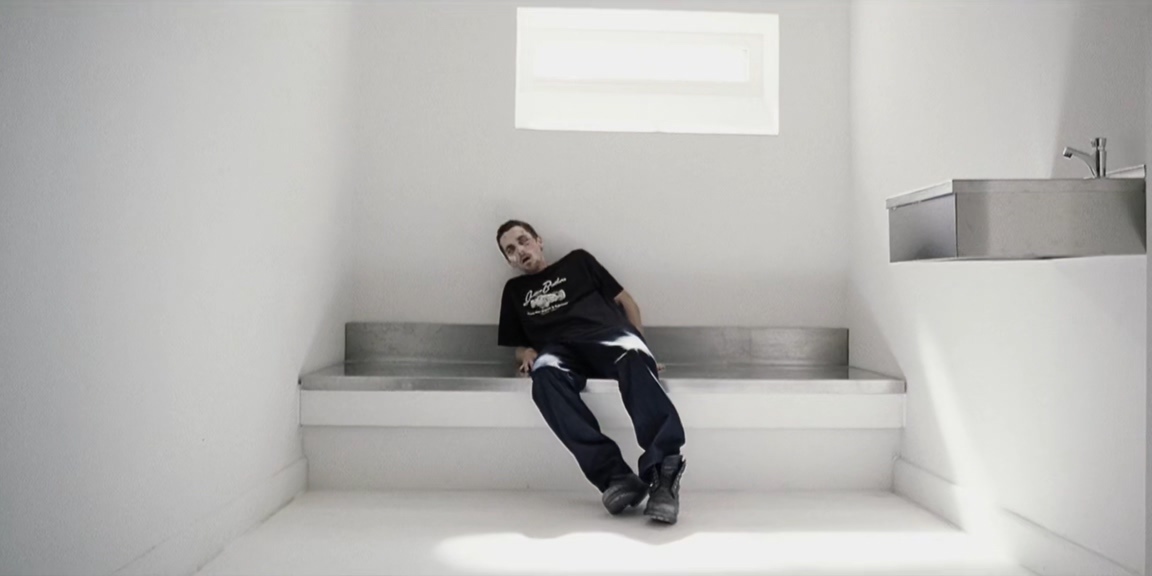
On the other hand, Brad was looking for material, not his own. They traveled around the US for two and a half years, looking for financers to aid the production, but the script was apparently too other-worldly and gloomy. Then, according to a documentary about the movie by Nacho Cerda, executive producer Antonia Nava came up with the idea of moving the production to Barcelona. According to the writer, the crew filmed the movie in some of the worst places in Barcelona. The director paid attention to minute details to camouflage Barcelona as the US West Coast, from number plates to road markers.
Scott’s script described the character of Trevor as a “walking skeleton,” and casting in the role of Trevor was the real challenge due to his emaciated appearance. While writing the screenplay, Kosar took into account his five-foot-six appearance, and the figures were kept unchanged in the final draft. When Christian Bale, an actor with a six-foot stature, came on board, this would surely cause a problem, but Bale came down from 173 pounds to around 120 pounds in an almost impossible feat, and he wanted to shed more, according to the producers.
On the first day of the shoot, Anderson was shocked by Bale’s appearance. Undeniably, the unyielding and dedicated character acting of Christian Bale is one of the main guiding forces of the movie. He resorted to crash dieting for fitting into his role, consuming only a cup of coffee, water, and an apple a day, with some occasional bourbon. Bale also took up smoking to curb his appetite, and co-incidentally, the accident of the film takes place when Bale’s character Trevor is trying to light his cigarette.
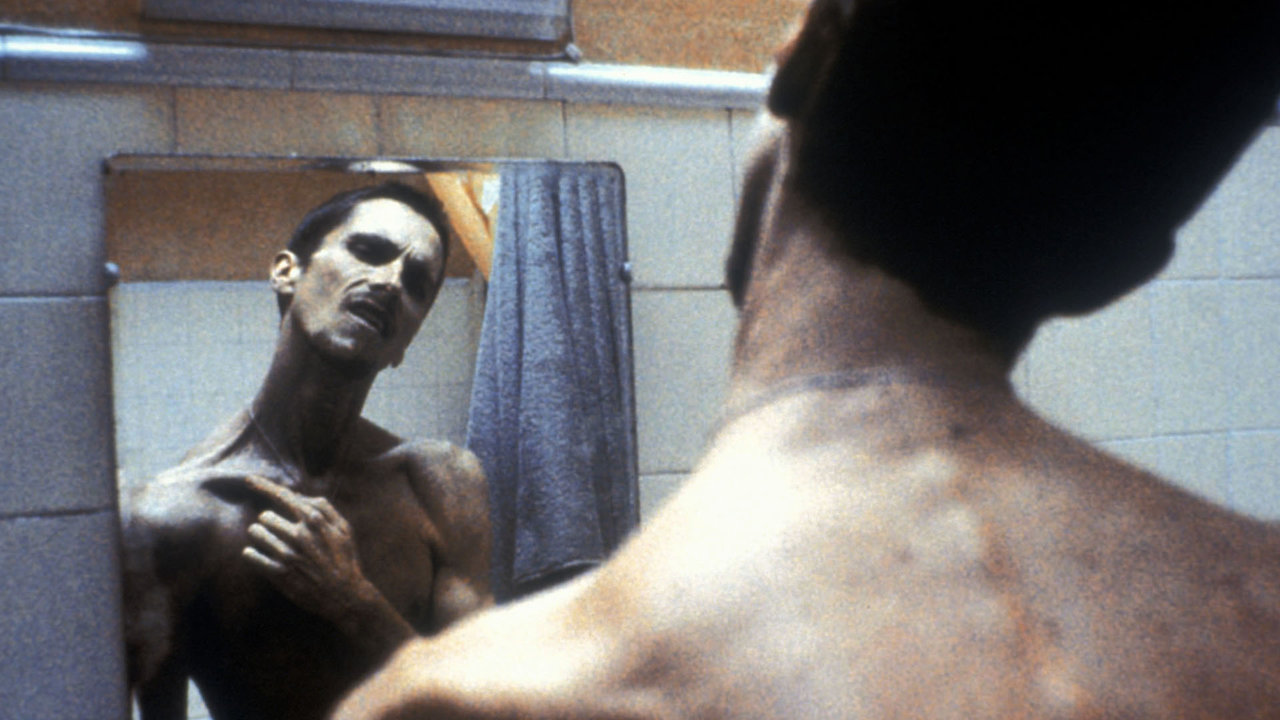
The oppressive heat of Barcelona was one of the chief antagonists to the production. As some of the crew members put it, filming some interior scenes felt like taking a sauna. But Bale found the heat to be less debilitating due to his emaciated appearance. What proved difficult instead for him were the action scenes. Especially, running was too much of a chore since he did not have much leg muscle left. Bale also described his losing weight as a euphoric experience, and he had some fun being in his grave condition.
Bale’s appearance is viscerally disturbing, but it would comfort the readers knowing that Bale also regained his weight within six months from lifting weight and bingeing on pizza and ice cream. When the audience sees him in ‘Batman Begins (2005),’ he has gained enough weight to slip into vigilante industrialist Bruce Wayne’s shoes.
There were some tragedies on the shoot as well. Brad hurt his back and was compelled to direct the film from a gurney. But in the end, he could make the film his own way, thanks to the producers. He retained the psychological tone and the anachronistic sensibility of the script while giving it his own visual makeover. As a result, the audience can see the film the way the director envisioned it, and the result is an eerie exploration of a complex but unreliable mind. 12 minutes were cut, including a graveyard sequence, but the hour and 42 minutes long final cut speak for itself.
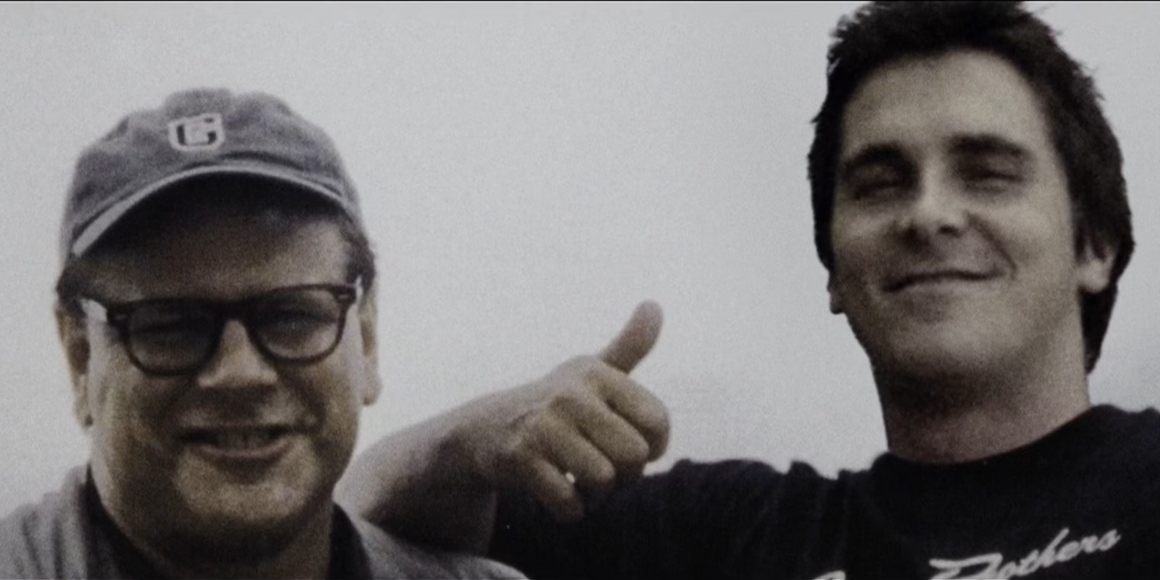
If we come to the story, the influence of Russian novelist Fyodor Dostoyevsky is quite apparent, and thus the deliberate period look feels quite apt. A major inspiration was Dostoyevsky’s novella ‘The Double.’ The novella’s story centers on a low-ranking state official who loses his grip on reality, and in the movie, bureaucracy is replaced by an industrial backdrop. Scott Kosar was a fan of industrial rock group Nine Inch Nails, and the name of Trevor and the look were inspired by the lead vocalist Trent Reznor. When alone, Trevor sometimes hears a throbbing noise, which was perhaps inspired by the noise-infused sound of the band.
But there are more than incidental references to Dostoyevsky in the movie. In one scene, Trevor falls asleep while reading Dostoyevsky’s ‘The Idiot,’ and later still, we meet Maria and her son Nicholas. But going by the script, it is not possible for Trevor to know their names. Therefore, it is not coincidental that Maria and Nicholas are two characters from ‘The Idiot.’ Moreover, on the diabolical “Route 666” ride, a marker reads ‘Crime and Punishment,’ and the writer presumably took much about the theme of guilt from the novel. Shortly, in Trevor’s cupboard, we also see a copy of Franz Kafka’s ‘The Castle,’ and the overall tone and feel of the narrative hark back to the Kafkaesque, including Trevor’s innate fear of the unknown.
The character of Ivan is a tangible depiction of Trevor’s devilish self, and in Dostoyevsky’s ‘The Brothers Karamazov,’ the protagonist named Ivan is also visited by a devil. In the 1969 cinematic adaptation by Kirill Lavrov, Ivan Pyryev, and Mikhail Ulyanov, both the characters of Ivan and the devil are played by Lavrov himself. Therefore, the movie’s puzzle is potentially intertextual as it goes beyond the scope of the movie itself.
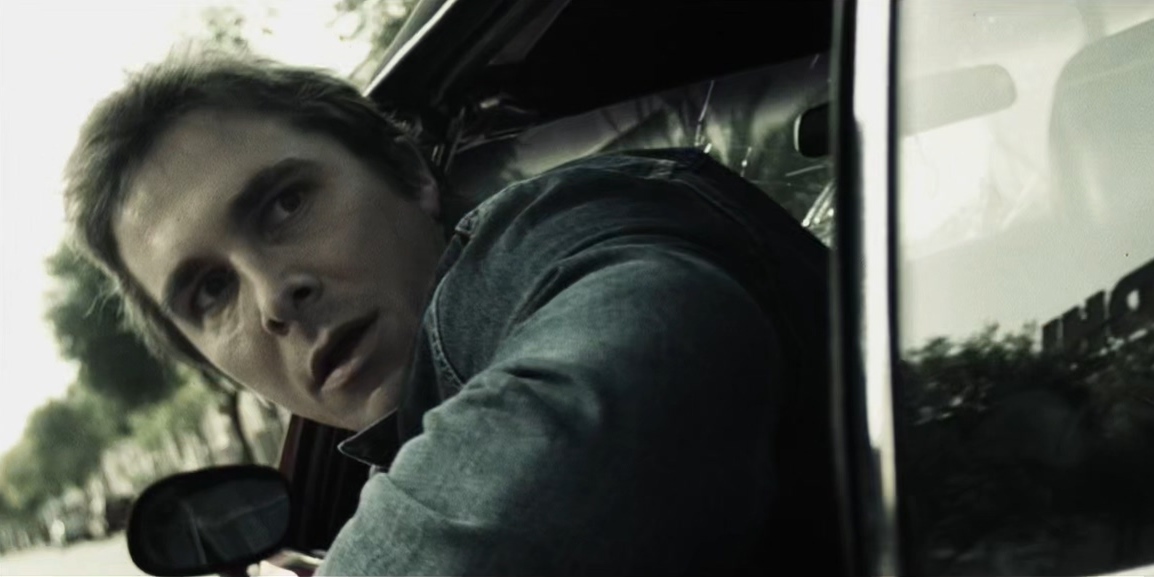
In the aforementioned documentary, co-actor Jennifer Jason Leigh touted the movie as a “great character study of insomnia.” Insomnia can lead to fatal culminations, but the character of Trevor claims to have stayed awake for a year, which is not humanely possible. The most a person has gone without sleep on record is a bit more than 11 days. Do not try the stunt at home, as it was only done as part of a Stanford University experiment, supposedly under the strict supervision of the researchers. Therefore, the story is mostly fictional, although the theme of guilt strikes a universal chord.
Read More: Best Psychological Thrillers of All Time

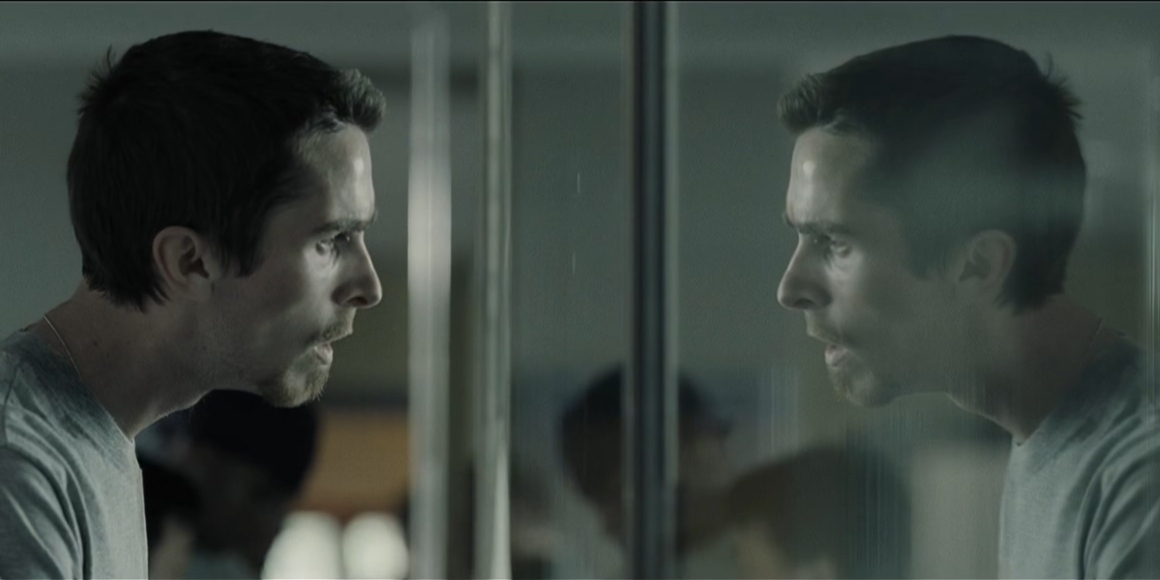
You must be logged in to post a comment.